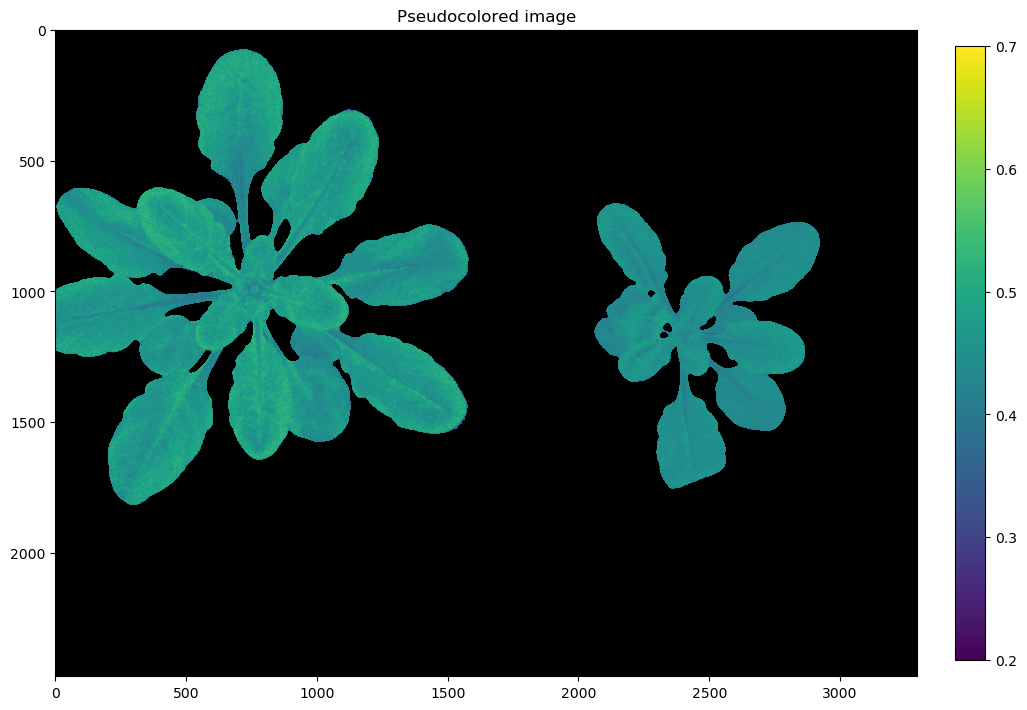HI @dschneiderch ,
Within plantcv.analyze_object there is data collected about whether the object is in bounds or not. I believe this is detecting when plants extend to touching the top of the image but his could be extended to horizontal bounds as well!

Mostly a use question and possible feature request. I am working on automatically filtering and qc'ing the results from my image analyses. I'm wondering if you guys had any way to detect when plants grow outside the field of view?
Could, eg, I raise an error if the contour crosses x=0?
For a discussion:
For a new feature: